The minute I saw my 18-month-old daughter slumped over a plush toy and sucking her thumb at daycare pickup, I knew she was unwell. Her lethargy (extremely uncharacteristic), loss of appetite, and rising temperature worried me that afternoon. I suspected a run-of-the-mill virus until I caught a glimpse of a round white spot the diameter of a pencil eraser on the edge of her tongue.
We were quickly on our way to the pediatrician, and I was on my way to learning more about hand, foot, and mouth disease (HFMD) than I ever wanted to know. It would be the first of four cases of HFMD in our house in less than a year — the first two in my oldest daughter only months apart and the third in my six month old, followed closely by the fourth in myself.
I will spare details on how the culprit — usually coxsackievirus — spreads in summer and early fall months, and why children ages five and younger are more likely to contract it at daycare and preschool facilities. Check out this resource by the Center for Disease Control and Prevention (CDC) for more information. What I want to do is provide a condensed resource based on my experience. I pray you never have to use it!
Symptoms
Here’s what you need to look for, according to the CDC: fever, reduced appetite, sore throat, and malaise. Although your toddler probably might not be able to articulate these symptoms, they usually precede characteristic mouth sores, rash, and blisters on the hands and feet. (Hence, a disease of the hands, feet, and mouth!)
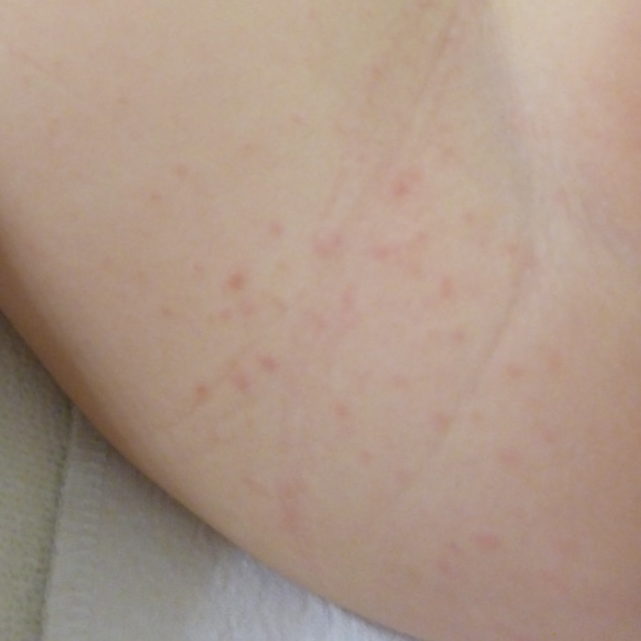
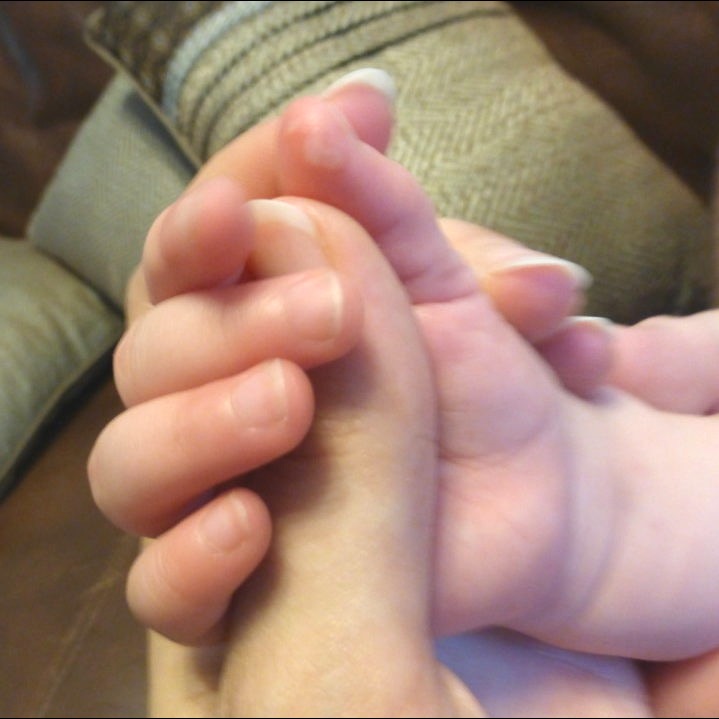
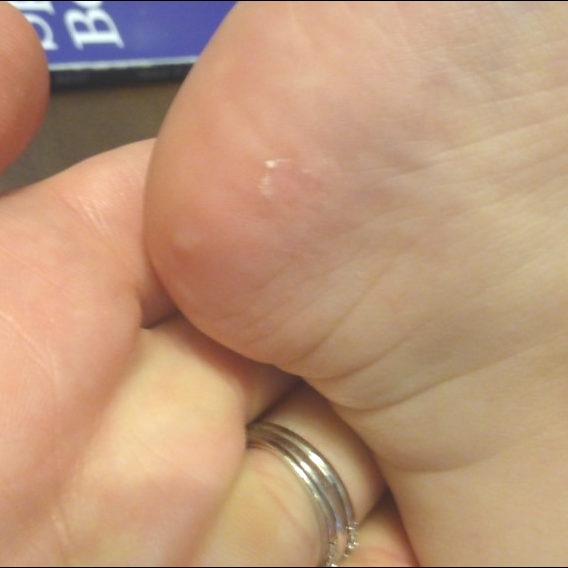

You may find symptoms will vary among kiddos, as well as any adults lucky cursed to catch it. My firstborn had mouth sores so severe, they were initially misdiagnosed as oral herpes (that’s a whole other angst-ridden post for another day) and prevented her from eating or drinking much of anything for several days. Some kids only experience a mild rash; others develop deep blisters that take weeks to fully heal.
Disclaimer: I am not a medical professional. Don’t self-diagnose based on my experience! If you suspect your child may have HFMD, contact your pediatrician or other healthcare professional for advice.
Treatment
One pediatrician told me my child would be contagious as long as the blisters on her hands and feet were opening (read: weeks), and another said that she could return to school as soon as she was 24 hours fever-free. (I tend to err on the safe side.) The virus will be shed in fecal matter for several weeks after symptoms cease. Although this begs the case for frequent hand washing long after signs of infection, it does not typically require exclusion from school, daycare, and nursery environments. Again, consult your pediatrician if you’re unsure.
The most important thing is to keep your little one hydrated through the first few days, which are the worst. Although she might not want to drink (the rim of a cup or a straw will be painful on those mouth sores), try to get some fluids in her. Bribe her with chocolate milk, juice, ice pops. Keep her comfortable. This is a strange place where your love for her and fear of germs meet. Get over the latter and hold her. (And then maybe wash your clothes and take a shower after she falls asleep.)
Prevention
Excellent hand-washing is your first line of defense against HFMD. Train your kiddos to regularly and thoroughly wash their hands. I would not consider it an overreaction to strip them down and give them baths when they get home from school, mother’s day out, or other nursery environments. Especially if you know of a HFMD outbreak in any of the aforementioned settings.
If you’re unfortunate enough to have a case of HFMD under your roof, there’s only one thing you can do to prevent it spreading among your family members: clean, clean, clean. Coxsackievirus can linger on toys and other surfaces for weeks. Get after it quickly, and don’t let up. (Much of the following advice was modeled after this article.)
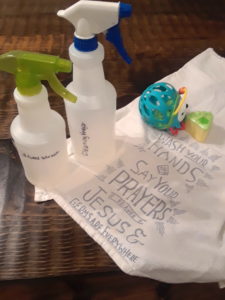
- Wash and dry. Wash clothes and bedding on the hot or sanitize cycle. Wash soft-bodied stuffed animals without batteries or electronic components on the hot or sanitize cycle. Run a second dry cycle to ensure they are dry from the inside out.
- Bleach. Soak hard-bodied toys without batteries or electronic components in hot, soapy water. Scrub all surfaces, rinse, and lay out to dry. Fill an empty spray bottle with a diluted bleach solution (1/4 cup bleach into one gallon of water, or approximately one part bleach per 64 parts water). When the cleaned toys have dried, spray them with the diluted bleach and leave to dry in an out-of-reach area. These will be safe to play with as soon as they have dried completely.
- Vinegar. Spray hard-bodied toys with electronic components with cleaning vinegar (white vinegar will do in a pinch), then wipe clean with paper towels. If you don’t have a spray bottle to spare, wet paper towels with vinegar and wipe down, changing out paper towels often. Use this method for large toys, loved-on board books, surfaces like tables, and EVERY light switch and doorknob.
I know you feel overwhelmed, frustrated, and tired. I know it seems like an insurmountable task when you’re in full-on Nurse Mommy mode. Take a deep breath, mama. You’ve got this. And I know you’ll survive it, because we did.








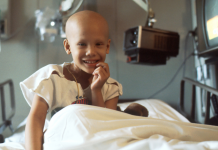





Excelente la oportunidad que nos brinda está página para descubrir muchas cosas que uno ignora algunas veces cuando aparecen pruritos u otras reacciones en nuestra piel… Muchas gracias por la información…